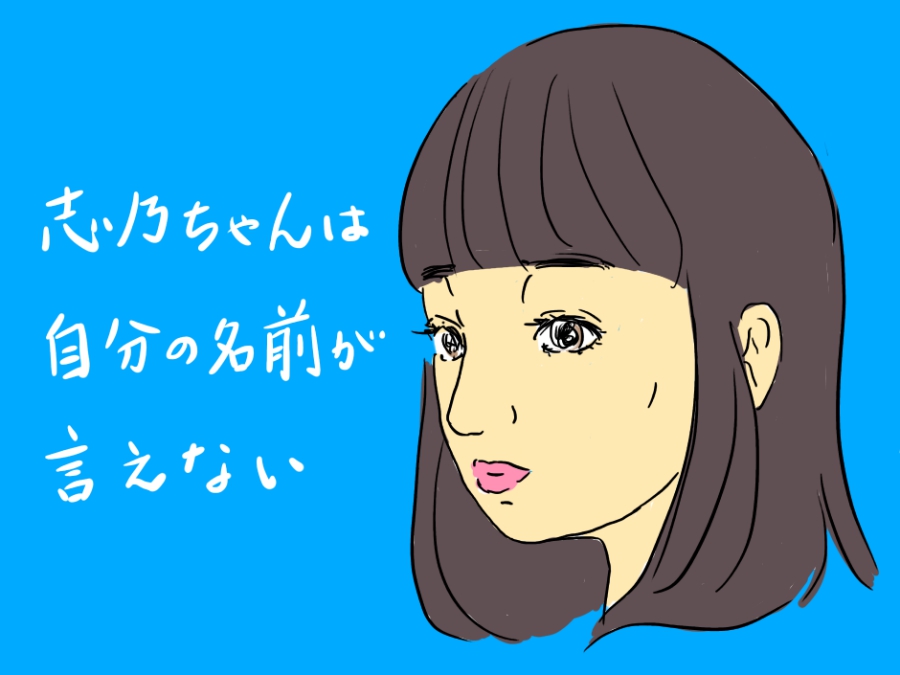アート四方山話 第一回
*English translation below
こんにちは、デザイナーのpです。
連載企画として、美術・芸術に関する雑多な話を紹介してまいります。
技法の話や業界の話は他所にも沢山あるので、美術史や芸術論など他所ではちょっと見かけない話をピックアップします。
さて、第一回に取り上げるテーマはこちら。
『ミュシャとモリス』
はい。ミュシャと言えばもう「皆様ご存知!!」って感じですね。
ゲームやアニメの界隈においても、とりわけリスペクトされている画家として有名です。
今回は、彼が活躍した1900年前後の西ヨーロッパ美術の動きを中心に書きます。
ミュシャが出世作『ジスモンダ』で一躍パリのスターとなるのは1895年の出来事ですが、それより更に10年ほど前、1880年代のイギリスが最初の舞台。
当時イギリスをはじめとした西ヨーロッパは、産業革命の恩恵を存分に享受していた頃。
安価で画一的な工業製品が人々の暮らしを”一見”豊かにしていく一方で、この状況を憂慮する人が現れました。
それがデザイナーのウィリアム・モリス。
中世への憧れを強く持ち、ファンタジー作家としても有名なモリスは「安価だが粗悪な大量生産品」や「人々が工場で労働力として浪費され、創作の喜びを失っていく社会」を拒絶して、職人一人一人の手仕事で行われる”古き良きモノづくり”の重要性を主張しました。
彼は自ら商会を組織し、”職人技”によって彩られた家具や工芸品を社会に流通させる事で「芸術品を人々の生活の中に溶け込ませる」事を画策。こうした活動に同じ志を持った人々が呼応し、「生活と芸術の融合」を理想に掲げた芸術運動『アーツ・アンド・クラフツ』が興ります。
日本風に言えば「宮大工や京友禅の技術を復権させて、現代の生活に取り入れようぜ!」って感じですね。(これって現代においても、結構魅惑的な思想ではないでしょうか)
さて、この運動はイギリスから広く西ヨーロッパに波及し、各国それぞれの様式となって影響を広げていきました。中でも「装飾美術(職人技)の再評価」としての思想を色濃く受け継いだのが、ご存知フランスのアール・ヌーヴォー。
ミュシャはアール・ヌーヴォーの代名詞的な存在で、同様式に属する画家の中では最も成功した人物と見られています。
ここでその作例を少し見てみましょう。



如何でしょうか?
中世ファンタジーを想起させる、植物をモチーフとした壮麗な装飾。
装身具や食器といった日用品・工芸品としてのモノづくり。
ポスターなど商業美術の形をとり、その作品を広く社会に浸透させた功績。
おお、これぞまさしくモリスの目指していたもの!…みたいな気がしてきませんか?
実際、ミュシャはモリスの理想にかなり近接する事が出来た画家だと私は考えています。
…とは言え、彼はなにもアーツ・アンド・クラフツの思想に感化されてこのようなスタイルを取ったわけではありません。そこには「多くの人を感動させる、良いものを作る」という矜持こそあれど、モリス的な社会革新への関心は然程ありませんでした。
その証拠に、彼はナショナリズムという人生の目標を見つけるや否や、その後半生を故国のための絵画制作に捧げ、上記のような作風や商業的な活動からは身を引く事となります。
しかしながら、彼の名声を支えている輝かしい功績のほとんどが、商業美術での成功にあったことは間違いない事実です。その事実を踏まえれば、ミュシャの成功の背景には「生活と芸術の融合」を掲げ、人の日常を美しいもので満たそうとしたモリスの運動、そしてそれに感化されたフランス社会という土壌があった…と考えると、少し面白いかも知れません。
…そんなわけで、当時絶大な影響力を誇ったミュシャとアール・ヌーヴォーなんですが、実はこの後、その様式にはかなり痛烈な批判が浴びせられる事となり、さほど時を待たずして衰退していく事になります。
最盛期から100年を経た現代日本でも大変な人気を誇るミュシャとアール・ヌーヴォー。
その様式に如何なる批判が突きつけられ、何故衰退する事になったのか。
その辺りの話は、また次回取り上げます。
(p)
※画像は下記から引用しました。
◆wikipedia https://en.wikipedia.org/wiki/Alphonse_Mucha
◆ミュシャ財団HP http://www.muchafoundation.org/
Art Talk Vol. 1
Hey it’s p. I’m an artist at AMATA K.K.
I will be sharing various topics about the fine arts as part of a planned series for this blog.
Since there are already a ton of articles about art technique, the industry etc, floating around online, I’ll be picking up topics about things that aren’t talked about that often, such as art theory and history.
And here’s the topic for our first entry of the series:
“Mucha and Morris”
That’s right. When “Mucha” comes to mind, you’d think,“ Eeverybody knows who he is!”, right?
Alphonse Mucha is a respected, world-renowned artist who is an especially popular figure amongst the animation and games industry.
I’ll be exploring the art movements that happened in Western Europe around the year 1900, during the time when Mucha was most active as an artist.
In 1895, Mucha became an instant star in Paris due to his hugely successful “Poster for Gismonda”.
However, this story begins 10 years prior – in 1880s Britain.
Beginning in England, this was the time when Western Europe was thriving in the new innovation of the Industrial Revolution. While at first glance, the cheap and standardized industrial products were seen to enrich people’s lives, there was one man who was concerned about this situation.
That man was, the artist William Morris.
With a strong adoration of the Middle Ages, Morris was also well-known as a fantasy novelist. He rejected what he saw as “cheap but crude mass production” and “a society that loses the joy of creation as people are reduced to as simple factory labor,” insisting on the importance of “old-fashioned craftsmanship carried out by the handwork of individual artisans”.
Morris then organized a company, planning to “integrate works of art into people’s livelihood” by allowing things such as furniture and works of art to be infused with “craftsmanship”, to flow into society. People with the same intentions would act in unison in such activities, and an Arts and Crafts Movement – inspired with the ideal of “uniting the fine arts with lifestyle” – would flourish.
In Japan, it would be like saying, “Let’s restore the techniques of the temple carpenters and **Kyo-Yuzen dyeing, and incorporate them into our modern lifestyle!” ( Even in our current era, Isn’t this quite the captivating idea? )
So moving on with the story. This movement spread widely from England, over to Western Europe and expanding its influence as it adopts the styles of each country. Among them, was the well-known French Art Nouveau; a style that boldy inherits the idea of “re-evaluating the craftsmanship of decorative art”.
“Mucha” is a name that can be interpreted as synonymous with Art Nouveau, and is seen as one of the most successful figures among those belonging to the movement.
Let’s take a look at some examples of his work.



So, what do you think?
Magnificent decoration with plant motifs, reminiscent of medieval fantasy.
Daily necessities such as accessories and tableware crafted as works of art.
It is the achievement of using the form of commercial art such as posters, and using those works to spread widely throughout the society.
“Ah! This is exactly what Morris was aiming for!!” Don’t you think so too?
In fact, I personally think that Mucha was a painter who was able to come very close to Morris’ ideals.
However, it isn’t as though he adopted a style like this simply inspired by the ideals of the Arts and Crafts movement. Although he did have the pride and wanted to“create a masterpiece that makes an emotional impression on a lot of people,” unlike Morris, Mucha didn’t have much interest in social reform.
As evidence of the lack of interest, as soon as he found nationalism in his purpose for living, Mucha devoted the latter half of his life to painting for his home country, and backed away from the aforementioned styles and commercial activities.
There is no doubt that most of the brilliant achievements responsible for his reputation were his successes in commercial art. Given that fact, it is interesting to consider that in the background of Mucha’s success, is the idea of “the unity of fine arts and lifestyle”. Morris’ movement to fill people’s daily lives with beauty, and the French society inspired by that movement.
And so, the tremendously influential Alphonse Mucha and Art Nouveau of that era were subsequently bathed in fairly harsh criticism, and soon fell into decline.
100 years after their golden age, Mucha and Art Nouveau are still hugely popular in Japan.
What kinds of criticisms were raised, and why did it fall into decline?
Let’s save that conversation for next time.
– p
*Image references:
◆Wikipedia https://en.wikipedia.org/wiki/Alphonse_Mucha
◆Mucha Foundation http://www.muchafoundation.org/
**Kyo-Yuzen: a Japanese technique of painting dye directly onto cloth. It is a common technique used for dyeing kimonos and coats.



